It’s a tantalizing idea: could the zodiac’s familiar symbols mirror age‑old survival roles that shaped our species? Evolutionary psychology tells a story of pursuit and preservation, of high‑risk hunts and careful stockpiles, of scouts who range far and organizers who knit communities tight. Astrology, meanwhile, offers a cultural map of personalities that millions recognize, even if it isn’t a scientific model. Put the two together and you get a provocative thought experiment – one that reveals how we read meaning into behavior and why survival strategies still whisper through our habits today. I’ll be clear: astrology isn’t evidence in the lab, but as a narrative lens, it can make the science of survival click in a surprisingly vivid way.
The Hidden Clues
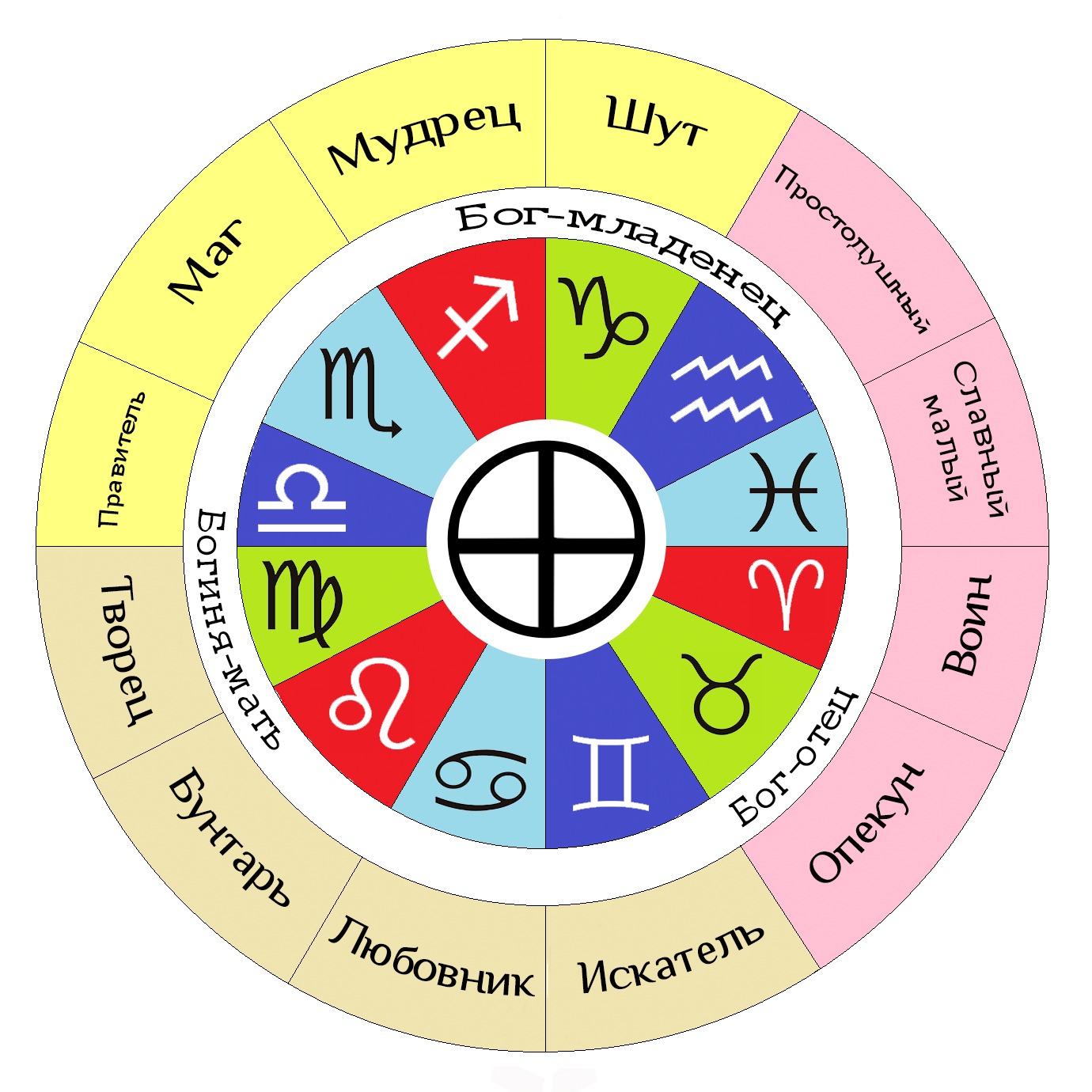
Here’s the twist that hooked me: so much of modern life still swings between the urge to chase and the need to save. Foraging theory describes a constant balancing act – explore for new resources or exploit the known patch – and we do a version of that when we decide whether to jump jobs or stick with a steady role. Even household decisions echo it, like trying a risky investment versus building a rainy‑day fund. I once asked friends on a camping trip to label themselves hunters or gatherers; the debate got louder than the cicadas, and everyone had a story to back their choice.
Astrology’s language slots neatly into this see‑saw. The signs sketch out recognizable dispositions – bold, steady, airy, deep – which is exactly the kind of shorthand humans use to predict each other. While it’s not scientific classification, it can help translate complex behavioral trade‑offs into something you can feel in your bones. That emotional recognition is the hidden clue: our brains love patterns, and survival patterns are the oldest ones we know.
From Ancient Tools to Modern Science
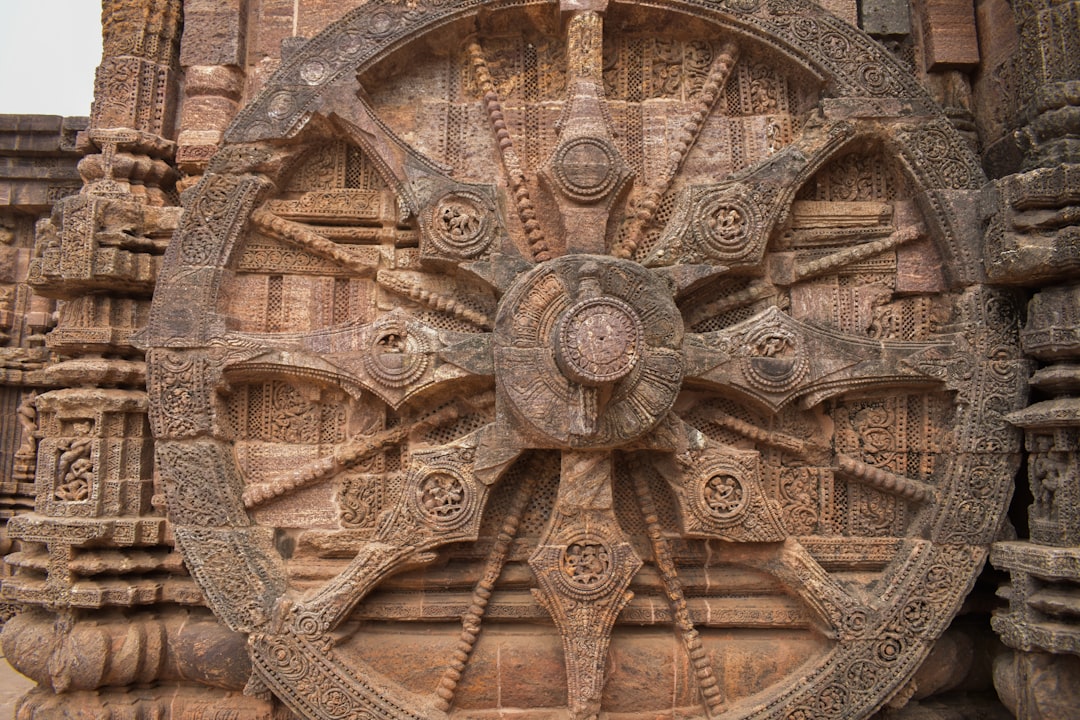
Archaeology shows ingenuity everywhere – precision stone points for pursuit, grinding stones for plant processing, storage pits for lean seasons. Each tool hints at a role and a mindset, from risk‑taking to meticulous preparation. Evolutionary psychology adds the lab angle, examining traits like novelty seeking, delay of gratification, and cooperation under stress. These aren’t destiny; they’re tendencies that show up across populations in many small ways.
Neuroscience gives the texture: a pulse of dopamine makes novelty feel electric, stress hormones nudge us toward caution or boldness, and social rewards reinforce sharing. Behavioral ecologists wrap it in math, modeling how groups thrive when different strategies coexist. Think of a band where some sprint after uncertainty while others stitch safety nets – when that mix holds, survival odds rise.
Mapping the Archetypes
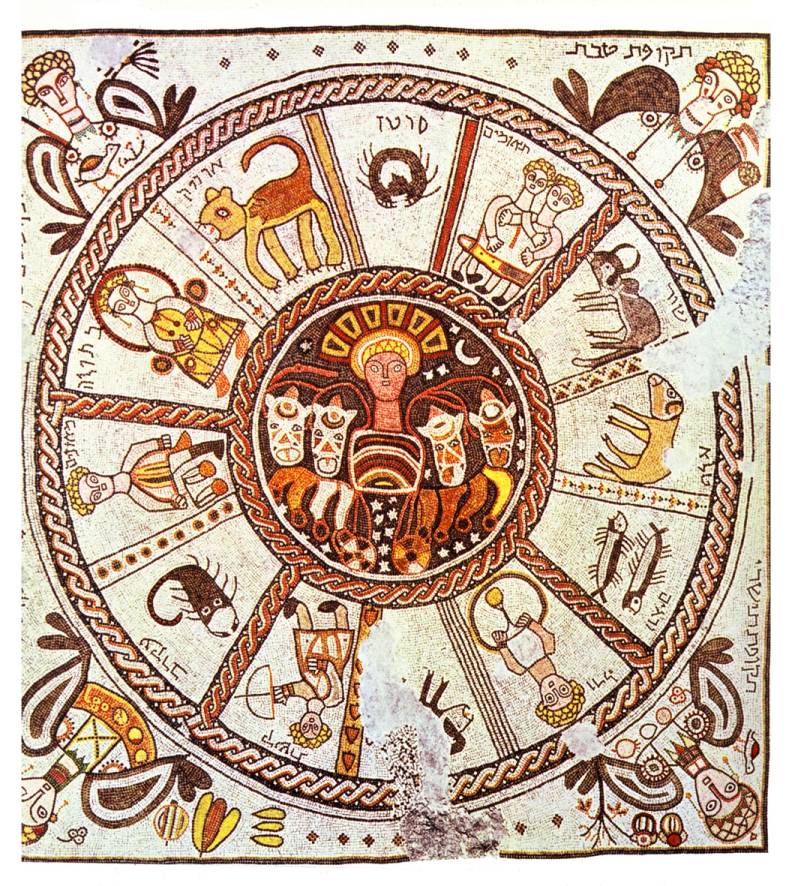
So where do the signs come in? Imagine the zodiac as a cultural palette and the hunter–gatherer spectrum as the canvas. At one pole sit archetypal pursuers – decisive, heat‑seeking, impatient with delays; at the other, archetypal stewards – methodical, resource‑conserving, patient with process. In between are scouts, diplomats, and weavers who connect the dots, broker information, and keep the social fabric tight.
This is not a predictive chart; it’s a translation aid for human tendencies. The value comes from the conversation it opens: what makes you chase, what makes you keep, and when should a team pivot from pursuit to preservation? Asking that out loud turns a horoscope‑style prompt into a survival strategy meeting.
Fire Signs on the Hunt
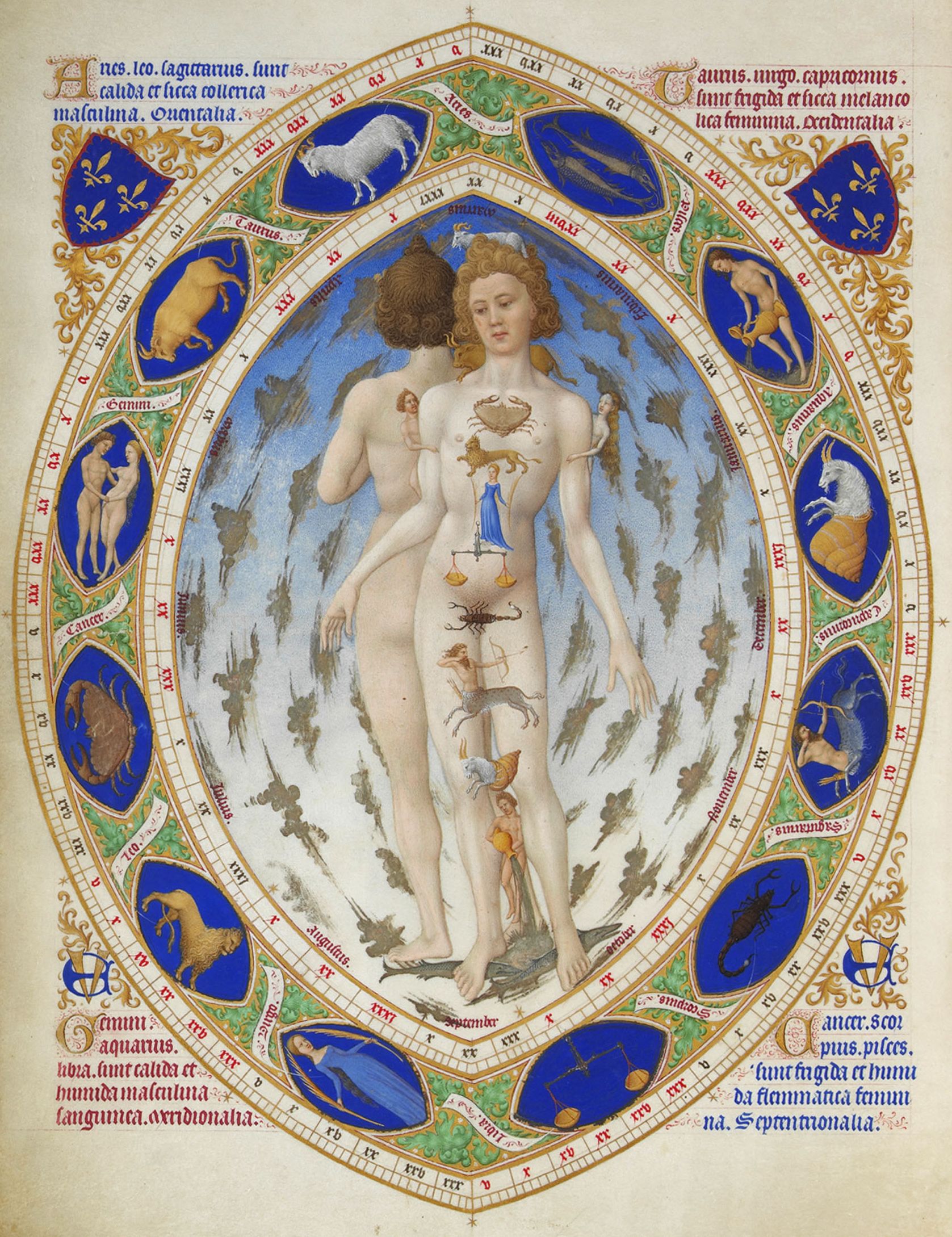
Fire signs – Aries, Leo, Sagittarius – read, in this metaphor, like classic pursuit specialists. They track momentum, tolerate uncertainty, and often prefer a clean win to a cautious compromise. In evolutionary terms, that maps to behaviors useful in stalking prey or seizing fleeting opportunities, where hesitation costs dinner. In modern settings, it shows up as rapid decision loops, willingness to fail fast, and a hunger for feedback that arrives now, not next quarter.
There’s an upside and a tax. High‑reward strategies can misfire in environments that punish volatility, and the same speed that cuts through noise can miss a slow‑burn signal. Teams thrive when they pair a Fire sprint with a counterweight that checks blind spots. Harness the spark; don’t let it scorch the plan.
Earth Signs and Storehouses

Earth signs – Taurus, Virgo, Capricorn – line up with the gatherer–steward mode. They prioritize predictable returns, careful accounting, and craftsmanship that compounds over time. Picture a well‑tended pantry, a field rotated on schedule, or a ledger that tracks the last ounce of effort against a real outcome. In risk terms, it’s about variance control: cut the wild swings, raise the floor, and let compounding do the heavy lifting.
The modern echoes are everywhere: supply chains that don’t snap, health habits that outlast a fad, budgets that ride out a surprise bill. When the world tilts, steady hands keep the center from fraying. The catch is inertia; in fast shifts, caution can lag adaptation. Pair Earth’s reliability with a scout’s early radar and the engine hums.
Air and Water: Scouts and Weavers
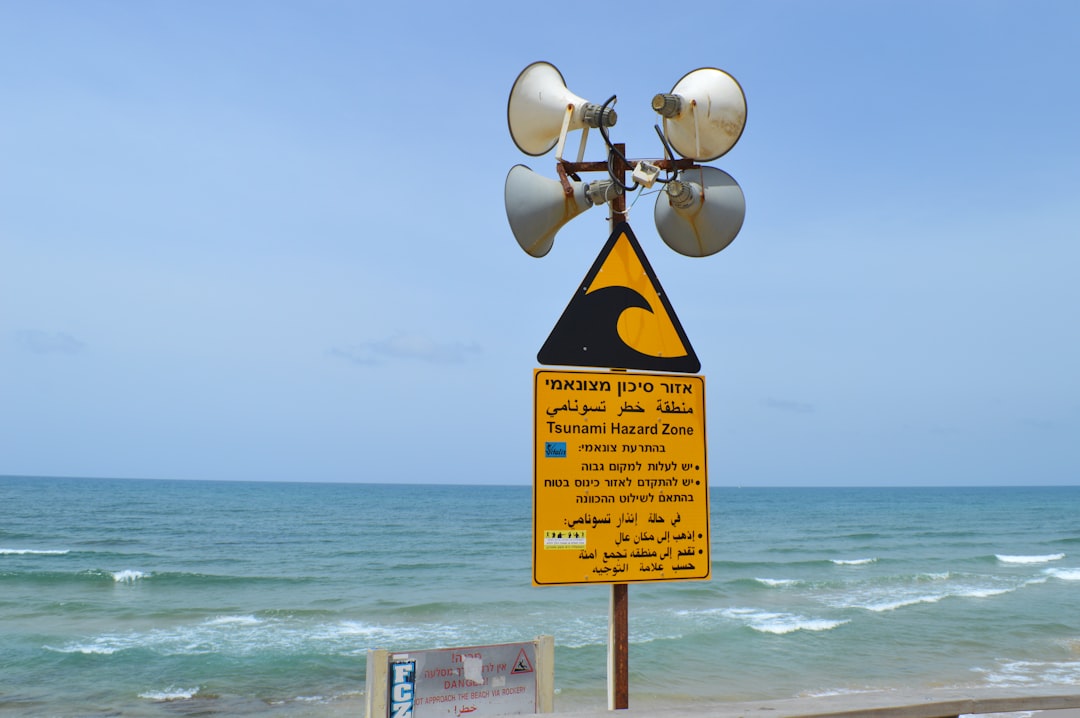
Air signs – Gemini, Libra, Aquarius – fit the scout‑communicator lane in this frame. They trade information like currency, triangulate between options, and find shortcuts by asking better questions. In small bands, scouts stretched the map, brought back news of rival groups, new plants, safer routes. Today, that looks like network building, sense‑making across silos, and a talent for reframing problems before resources are wasted.
Water signs – Cancer, Scorpio, Pisces – sit with the social‑weaver role, tuning into trust, memory, and the quiet cues that keep sharing fair. Food‑sharing networks in foraging societies smooth out bad luck; empathy and reputation are the plumbing that makes that work. Emotion, in this view, isn’t soft – it’s a survival tool for cohesion. Air finds the signal; Water keeps the signal flowing.
Why It Matters

Every organization wrestles with the explore–exploit dilemma, and this analogy offers a plain‑language map for it. Traditional management frameworks do the same in drier terms – ambidextrous organizations, agile vs. waterfall, red‑team vs. blue‑team – but people remember stories better than diagrams. Saying “we’re over‑weighted on hunt, under‑weighted on gather” gets action faster than a slide of quadratic payoff curves. It also helps individuals spot personal blind spots without shame.
Compared with past personality typologies, this lens leans into ecology and timing: what works depends on season, volatility, and group mix. The comparison to older trait models is useful but limited – they’re diagnostic, while this is situational. The real win is coordination, not categorization. When teams name what role the moment needs, they pivot with less friction.
Global Perspectives

Ethnographic records make it clear there wasn’t a single human template; strategies ranged by landscape, climate, and history. Some groups leaned into fishing and storage, others into wide‑ranging hunts, many into mixed, season‑driven cycles. That diversity argues against one‑size personality claims and for flexible repertoires. It also reminds us that cooperation, not just heroics, is the main character in survival stories.
In a globalized economy, the same pattern holds: cities specialize, supply lines braid continents, and shockwaves travel fast. Regions with diverse “guilds” of strategies bounce back faster after disruption. We might romanticize the hunt, but the storehouse and the sharing circle decide who eats in February. Balance wins across latitudes.
The Future Landscape

Here’s where it gets exciting: new tools could turn this metaphor into practical dashboards. Wearables already flag stress and focus windows; paired with team analytics, leaders could spot when a group is stuck in pursuit or trapped in preservation. Forecasting models can test portfolio “temperaments,” blending high‑variance bets with safety nets that aren’t just financial but social and logistical. Imagine project roadmaps annotated with hunting sprints and gathering phases, timed to real human energy cycles.
There are ethical snags to avoid. No one should be boxed by birthdate or reduced to a caricature; the point is strategy mix, not identity labels. Privacy guardrails and evidence standards matter, because nudging behavior at scale can backfire. The north star is adaptability: build teams that can switch stance on cue and learn faster than the problem changes.
Conclusion

Try a simple exercise this week: name which projects in your life are hunts and which are gathers, then check if your calendar matches the stance they need. If a hunt has dragged on, schedule a gather day to consolidate wins; if a gather has become sterile, plan a bold probe to refresh the data. Ask your team which role they feel starved of, and trade shifts like a well‑run camp. On your own, track when you do your best scouting, pursuing, or storing – morning light and late‑night focus often favor different moves.
My take, after playing with this in newsrooms and labs, is simple: the blend beats the label. Use astrology’s language if it helps the conversation stay human, but let the science steer the decisions. Respect the rhythm of risk and reserve, and you’ll feel the system relax. In a noisy world, choosing the right stance is its own kind of signal – did you expect that?

Suhail Ahmed is a passionate digital professional and nature enthusiast with over 8 years of experience in content strategy, SEO, web development, and digital operations. Alongside his freelance journey, Suhail actively contributes to nature and wildlife platforms like Discover Wildlife, where he channels his curiosity for the planet into engaging, educational storytelling.
With a strong background in managing digital ecosystems — from ecommerce stores and WordPress websites to social media and automation — Suhail merges technical precision with creative insight. His content reflects a rare balance: SEO-friendly yet deeply human, data-informed yet emotionally resonant.
Driven by a love for discovery and storytelling, Suhail believes in using digital platforms to amplify causes that matter — especially those protecting Earth’s biodiversity and inspiring sustainable living. Whether he’s managing online projects or crafting wildlife content, his goal remains the same: to inform, inspire, and leave a positive digital footprint.


